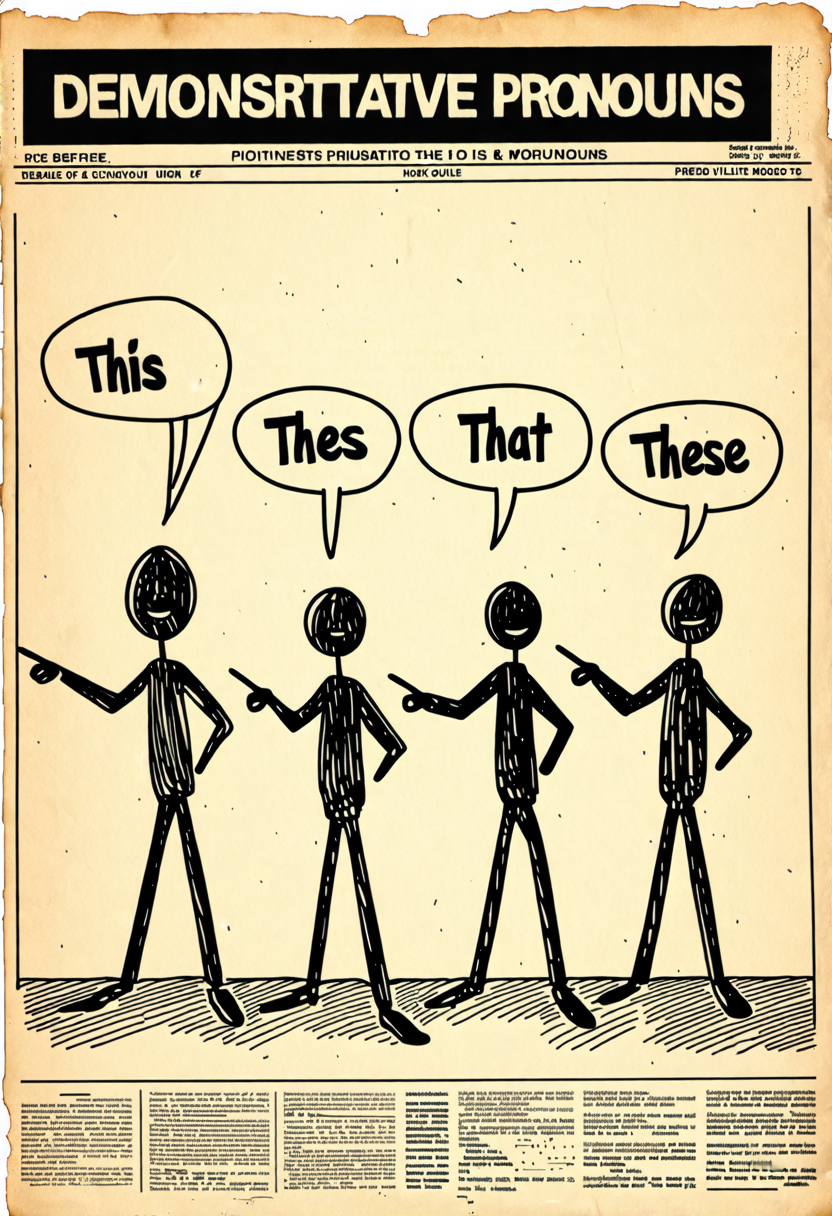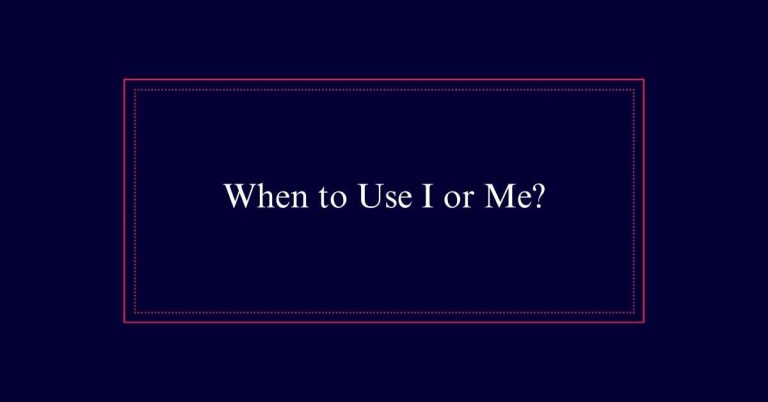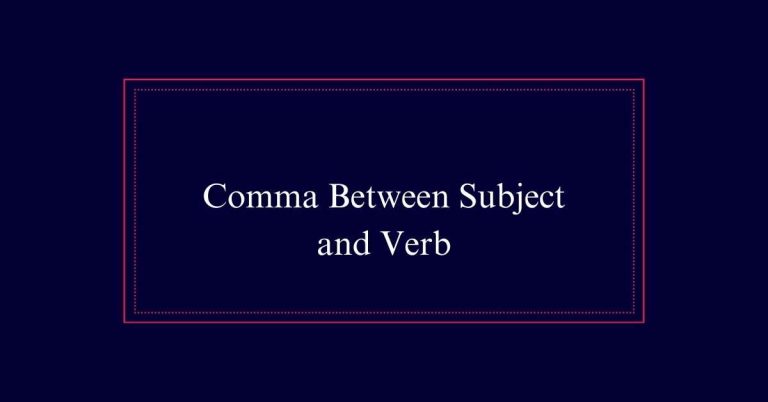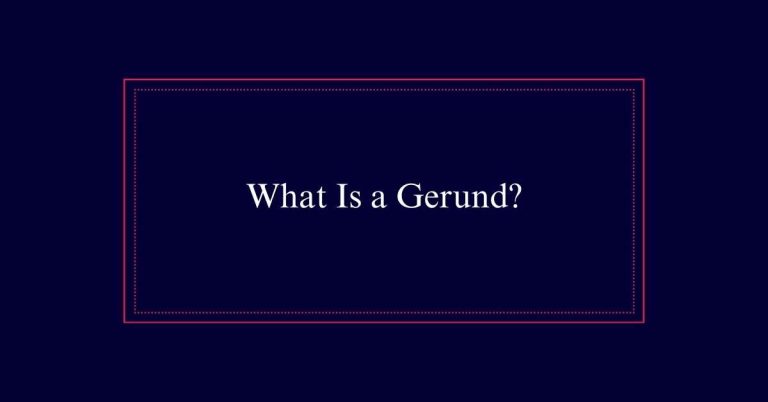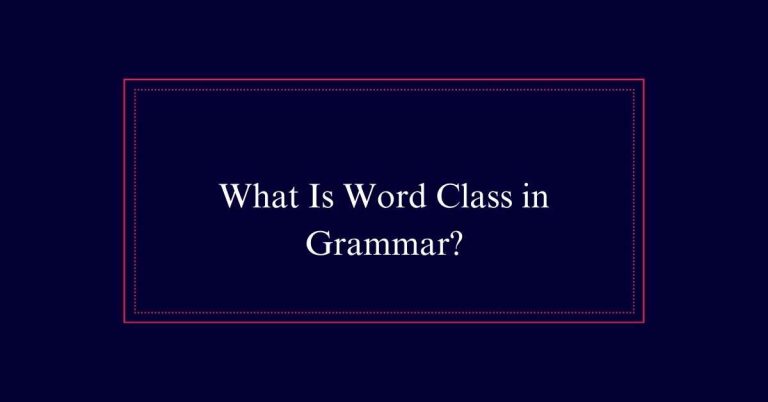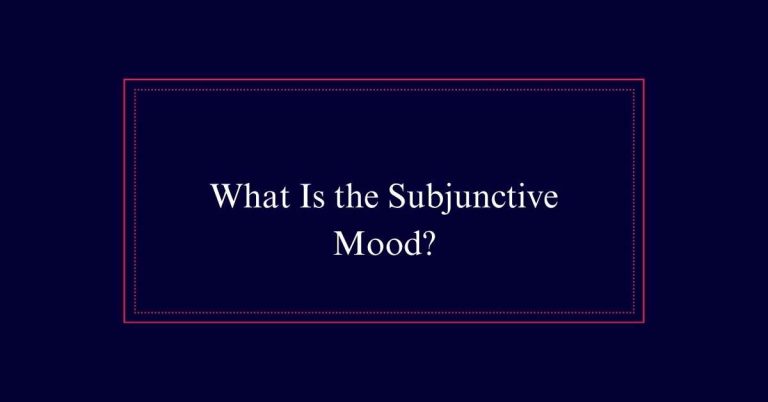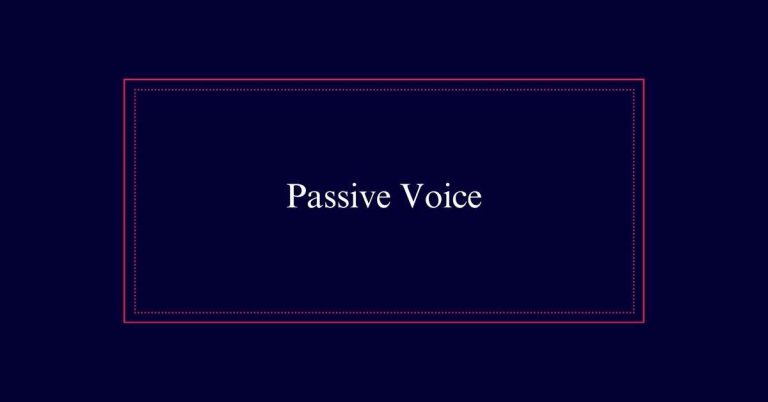Demonstrative Pronouns
Demonstrative pronouns, such as ‘this,’ ‘that,’ ‘these,’ and ‘those,’ specify particular items in a sentence. ‘This’ and ‘these’ refer to items close to the speaker, while ‘that’ and ‘those’ point to items farther away. ‘This’ and ‘that’ are used for singular nouns, for example, “This book is interesting,” and “That car is fast.” ‘These’ and ‘those’ are for plural nouns, as in “These apples are fresh,” and “Those houses are old.”
What Are Demonstrative Pronouns?
Demonstrative pronouns are words like ‘this,’ ‘that,’ ‘these,’ and ‘those’ used to point to specific items. They help identify and highlight particular nouns or noun phrases in a sentence.
For instance, in the sentence, ‘This is my book,’ ‘this’ refers to a specific book belonging to the speaker. The antecedent, or the item being pointed to, must be clear to avoid confusion.
These pronouns can refer to things that are near or far, both with regard to physical distance and time. For example, ‘These apples are fresh’ versus ‘Those apples were fresh last week.’
Four Main Demonstrative Pronouns
The English language features four primary pronouns for pointing out specific items: this, that, these, and those.
‘This’ and ‘these’ refer to things that are near in distance or time. For instance, ‘this book’ implies a book that is close by, while ‘these apples’ indicates apples nearby.
Conversely, ‘that’ and ‘those’ refer to things that are farther away or in the past. For example, ‘that car’ points to a distant car, and ‘those days’ recalls past days.
‘This’ and ‘that’ are used for singular items. ‘These’ and ‘those’ are applied to multiple items.
Understanding Antecedents
Understanding antecedents is crucial for clear communication when using demonstrative pronouns. An antecedent is the noun or noun phrase that a pronoun refers to. Identifying the correct antecedent guarantees that the meaning of the sentence is clear.
For example, in the sentence ‘The book on the table is interesting; that is my favorite,’ the antecedent of ‘that’ is ‘book.’ Without a clear antecedent, sentences can become confusing.
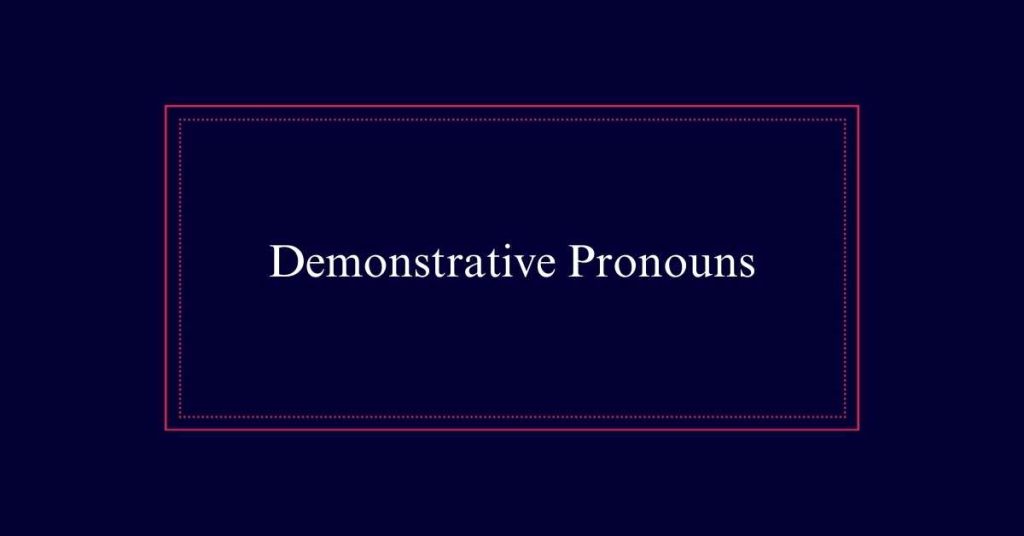
For instance, ‘I saw the movie and the play; it was amazing’ leaves the reader guessing whether ‘it’ refers to the movie or the play. Therefore, always make sure that the antecedent is easily identifiable to avoid ambiguity and enhance the clarity of your writing.
Singular Vs. Plural Usage
Singular pronouns like ‘this’ and ‘that’ refer to one item, while plural pronouns like ‘these’ and ‘those’ refer to multiple items. Understanding this distinction helps in precise communication. For instance, ‘this book’ indicates a single book, whereas ‘these books’ refers to several books.
Similarly, ‘that car’ points to one car, while ‘those cars’ denotes more than one. Consider the following examples to visualize the usage:
- ‘This apple is delicious.’
- ‘That tree is tall.’
- ‘These flowers are beautiful.’
- ‘Those buildings are old.’
- ‘This chair is comfortable.’
Near Vs. Far Pronouns
In addition to singular and plural distinctions, demonstrative pronouns can indicate proximity, using ‘this’ and ‘these’ for near objects and ‘that’ and ‘those’ for distant ones. These pronouns help clarify the location of objects in relation to the speaker. For instance, ‘this book’ implies a book close to the speaker, while ‘that book’ suggests a book further away.
Here is a table for better understanding:
| Pronoun | Number | Proximity |
|---|---|---|
| This | Singular | Near |
| These | Plural | Near |
| That | Singular | Far |
| Those | Plural | Far |
Figurative Uses
Demonstrative pronouns can also be used figuratively to emphasize ideas or emotions. This form of usage often adds a layer of meaning, making the message more vivid.
For example, ‘That was a close call!’ doesn’t just refer to a specific event but also emphasizes the intensity of the situation.
- This struggle is what makes us stronger.
- That was a moment I will never forget.
- These challenges are what define us.
- Those were the days we truly lived.
- This is the essence of true friendship.
Checking for Correct Usage
Ensuring the accurate usage of demonstrative pronouns is essential for clear and effective communication. To check for accuracy, confirm that the pronoun matches the number (singular or plural) of its antecedent.
For example, ‘this’ should refer to one item, while ‘these’ should refer to multiple items. Verify that near pronouns (‘this,’ ‘these’) point to objects or ideas close in space or time, while far pronouns (‘that,’ ‘those’) refer to distant ones.
Context is key; if the antecedent is not clear, the sentence can be confusing. Tools like grammar checkers can help identify errors. Always reread sentences to ensure demonstrative pronouns are used correctly and the intended meaning is conveyed effectively.
Examples of Singular Pronouns
A singular pronoun, such as ‘this’ or ‘that,’ refers to one specific item or idea. These pronouns help pinpoint a single entity, making communication precise and clear.
Here are some examples to illustrate their usage:
- This book: ‘This is my favorite book.’
- That car: ‘That is the car I want to buy.’
- This idea: ‘This is an innovative solution.’
- That moment: ‘That was a memorable event.’
- This pen: ‘This writes smoothly.’
Examples of Plural Pronouns
Following the explanation of singular pronouns, plural demonstrative pronouns such as ‘these’ and ‘those’ refer to multiple items or ideas.
‘These’ is used for things that are close in space or time. For example, ‘These books on the table are mine.’
Conversely, ‘those’ is used for items that are farther away or less recent. For instance, ‘Those mountains in the distance are beautiful.’
Both pronouns help clarify which items are being discussed without repeating the nouns. Proper use of ‘these’ and ‘those’ guarantees effective communication and enhances clarity. They are essential in both spoken and written language for indicating specific groups of objects or ideas.
Demonstrative Pronouns in Writing
In writing, demonstrative pronouns play an essential role in making sentences clear and concise. They help prevent repetition and guarantee the reader understands what is being referred to.
Using demonstrative pronouns correctly can improve the readability of your text. For example, instead of repeating a noun, you can use ‘this,’ ‘that,’ ‘these,’ or ‘those’ to refer back to it.
- Example: ‘I bought a new laptop. This is much faster than my old one.’
- Near and Far: ‘These books’ (near), ‘those books’ (far)
- Singular and Plural: ‘This problem’ (singular), ‘these problems’ (plural)
- Clarity: Avoids ambiguity by specifying items clearly
- Efficiency: Streamlines sentences, saving space and time
Effective use of demonstrative pronouns enhances writing quality.
